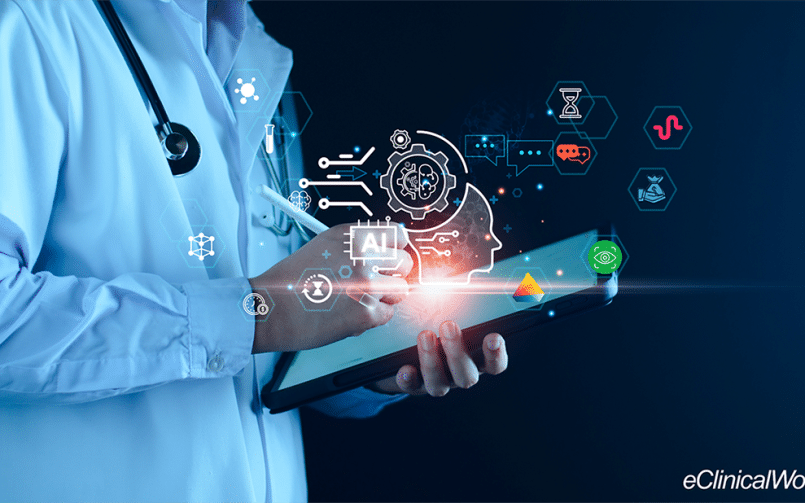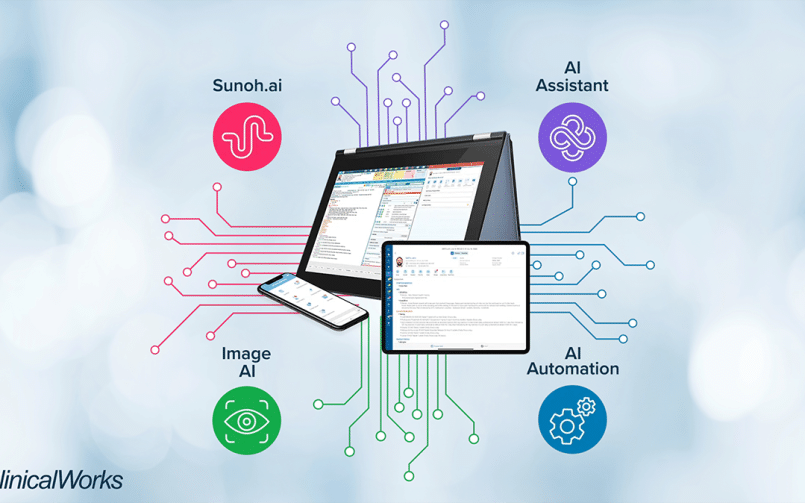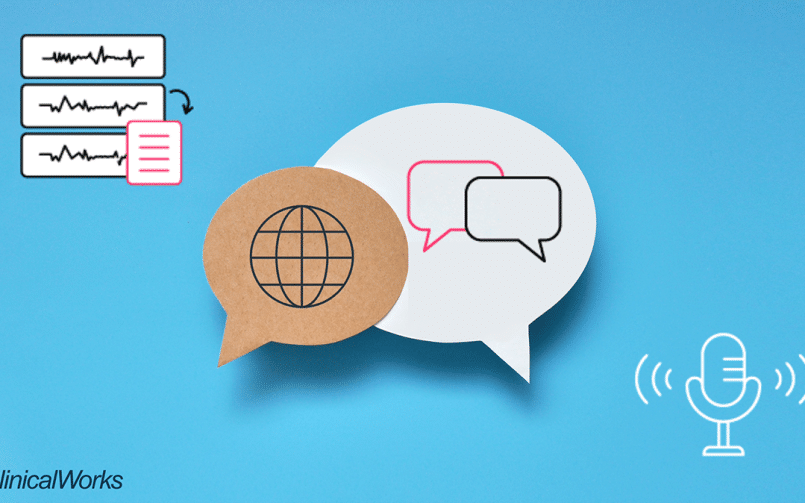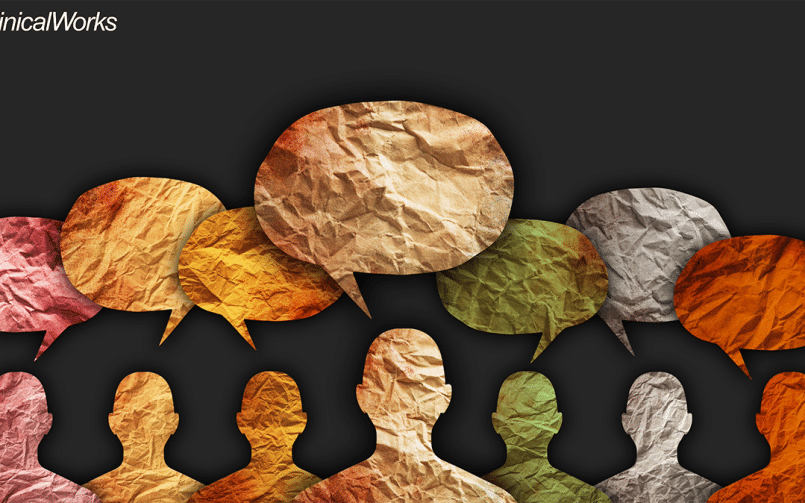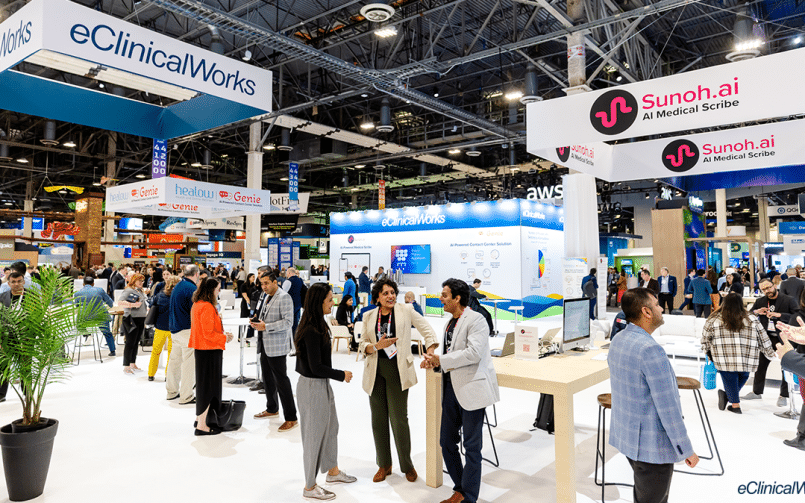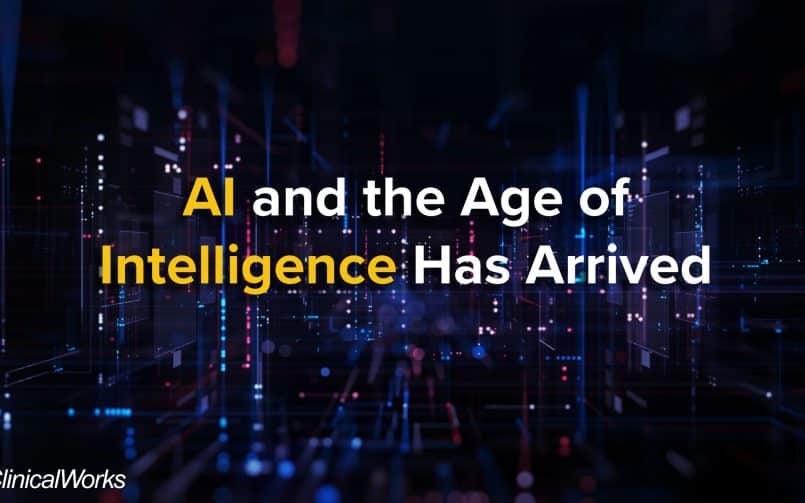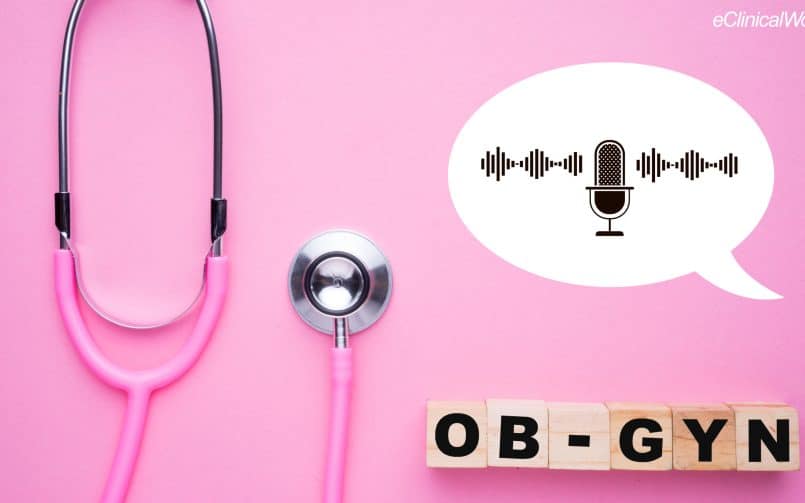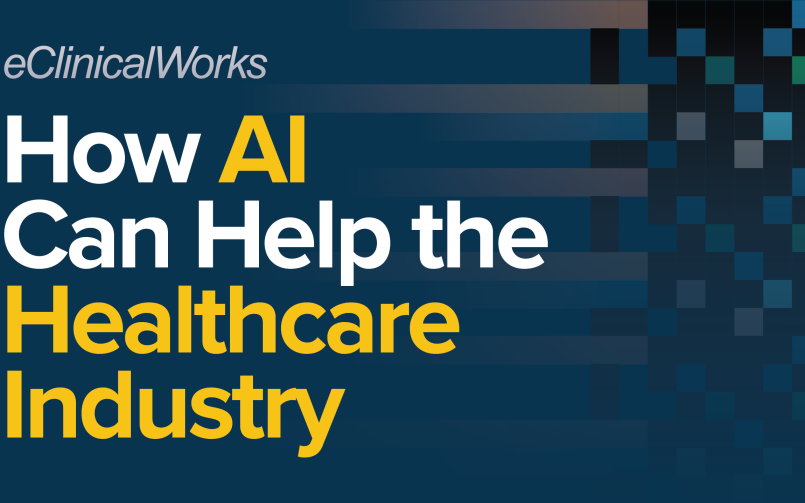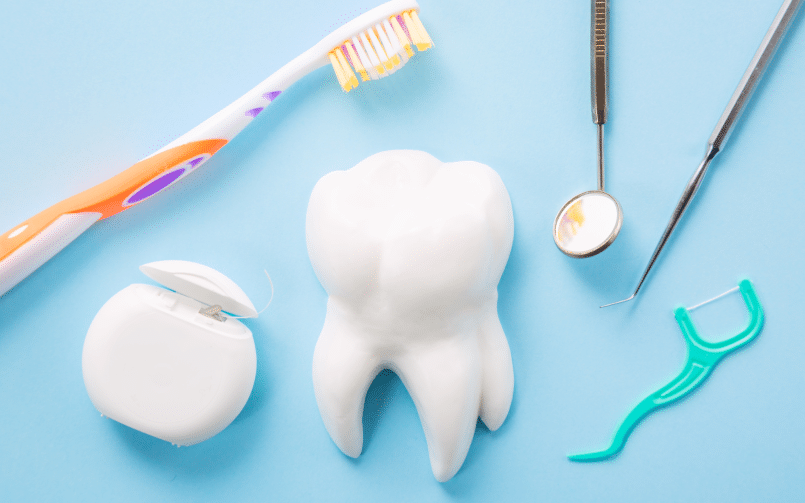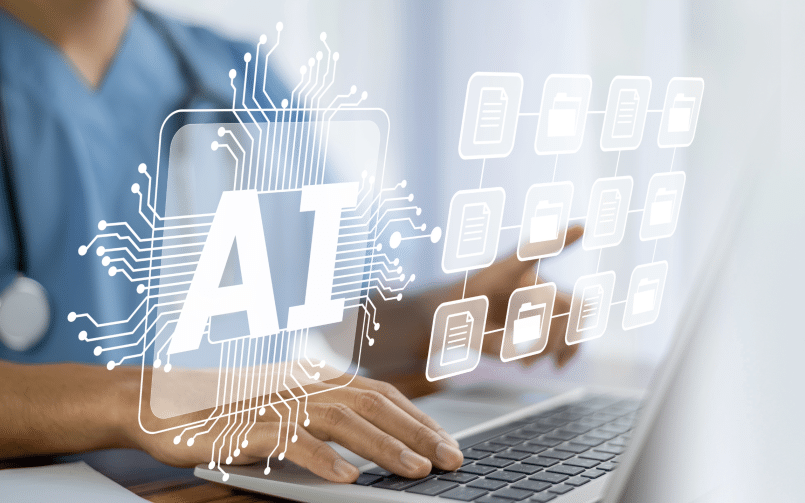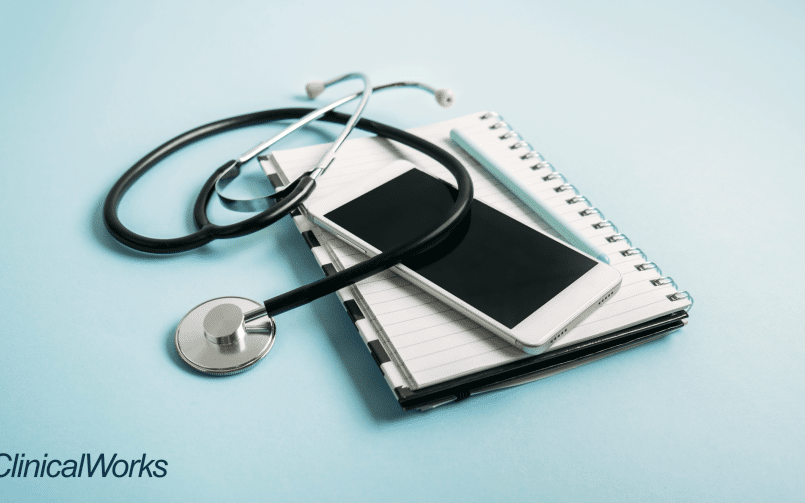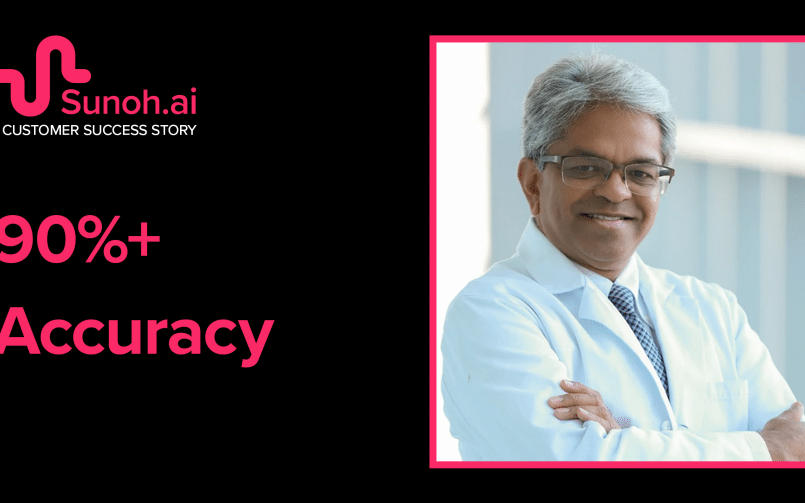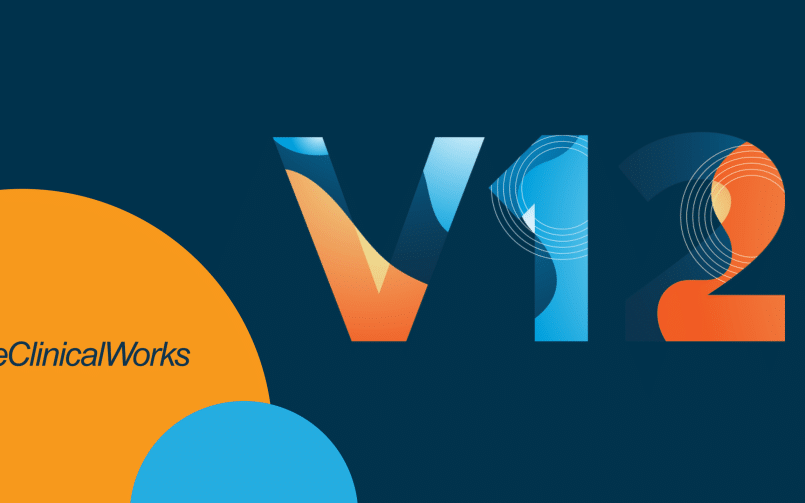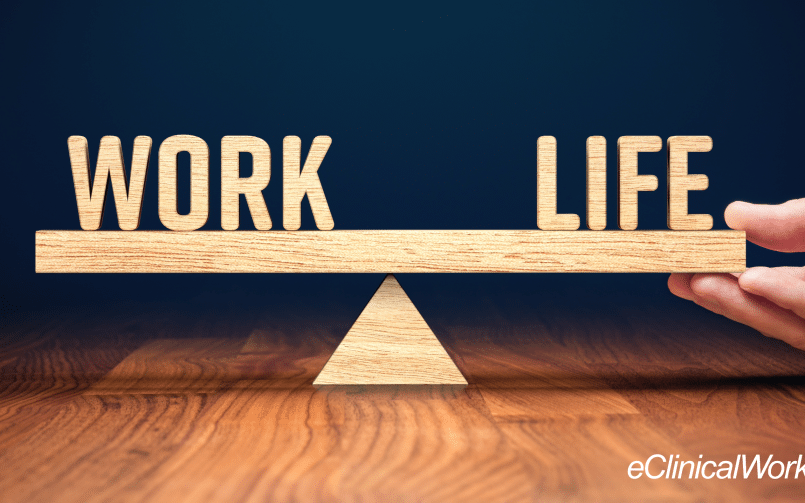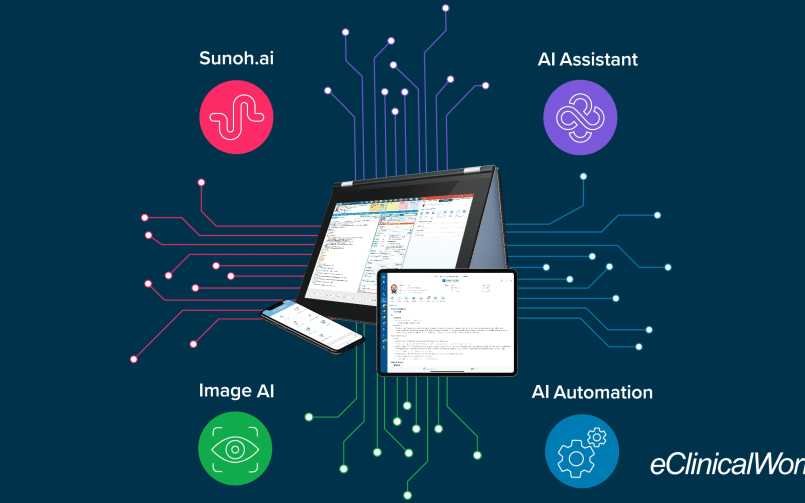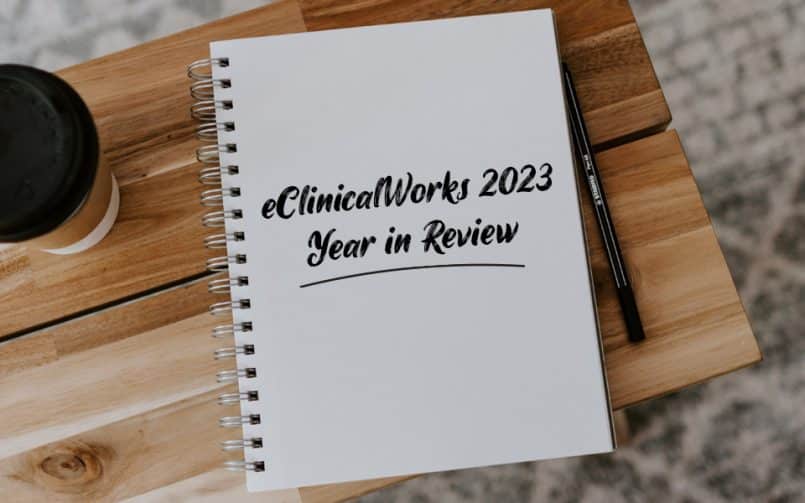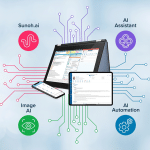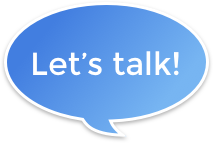The EHR Is Essential — and Better When Simpler to Use
- 7 August 2025
- Blog
- 4 minute read
eClinicalWorks

Healthcare professionals want to focus on the needs of each patient. They want a clear, complete medical record in front of them. They want sufficient time to listen to each patient and understand their needs. Finally, they need time to complete their documentation quickly, formulate a treatment plan, and put it into action.
Because the EHR and related systems can be so comprehensive and powerful, it can become easy to get distracted or even lost amid buttons, clicks, and alerts. Paper can seem simple by comparison.
Addressing Healthcare’s Time Challenge
No one is going back to paper records, of course. The real solution is to implement ways to make today’s powerful technologies easier to use. Putting an AI-powered medical scribe to work during the patient encounter is one of the best ways to do precisely that.
But it’s important to understand why. AI medical scribes don’t replace the human touch only a physician can provide. They are no substitute for compassionate care. They can listen and create accurate, comprehensive transcripts, but they can’t hear the patient in the same way another human being can.
Why, then, is voice recognition technology fast becoming an essential part of medical practice? Because it addresses the most important challenge facing today’s clinicians: The time problem in healthcare. And it does so by making daily routines simpler.
The Difference a Few Clicks Can Make
For the providers at Hendry Regional Medical Center, a multi-specialty practice that has been serving the Clewiston, Florida community for more than 65 years, implementing Sunoh.ai for clinical documentation has been saving providers two or more hours every day on clinical documentation.
Like practices everywhere, Hendry Regional Medical Center was struggling with daily documentation, a task that has been at the heart of healthcare since the dawn of medicine. In the days before EHRs, physicians would take notes, employ human scribes, or rely on their memories to capture clinical details.
The arrival of the EHR helped speed those tasks, but also presented them with the dilemma that faces everyone who tries to multitask: Can anyone really pay close attention to both another human being and an electronic device simultaneously?
Medical providers — like most humans — think they can. Studies suggest they cannot do so nearly as effectively as they think.
“So, Sunoh definitely saves the providers a lot of time and burnout and weariness,” said Esteban Gentle, an analyst at Hendry. “Sunoh is smart enough to understand what diagnosis you are speaking about, show you the diagnosis in the program and then you can just push those right over, in one click or two clicks or four clicks.”
How Long Does It Take to Click a Button?
A few clicks here and there don’t sound like a lot. After all, how long can it possibly take to click a button? And why should a few additional clicks matter?
Why, they do. An August 2011 study in BMJ Quality and Safety reviewed 33 papers that studied the impact of interruptions in healthcare settings.
“Interruptions have also been called distraction, break-in-task, and disruption. However, no matter which term is used, the issue is that when an individual’s attention is shifted away from the primary task, the likelihood of an error occurring upon return to the primary task is increased,” the paper noted.
A click in the medical record may not have the same jarring tone as a phone call, page, or alarm. But the longer the provider spends on documentation — and the more clicks they must make — the greater the chance they will be interrupted by someone or something.
The study admits “it can be difficult to study associations between interruptions and outcomes in healthcare field studies,” but concludes that while many interruptions are necessary for safe, high-quality care, “there may be times, especially during tasks that require undivided attention, that interruptions should be proactively limited to only those that are clearly needed.”
The Clinician’s Best Friends: Time and Sunoh.ai
Medical documentation clearly qualifies as one of those tasks that requires the provider’s undivided attention. No doctor should be interrupted when they are trying to complete a Progress Note or develop a treatment plan. It is simply too easy to become distracted, forget the exact phrase or word a patient used. By the time the provider gets back on task, key information may have been distorted or lost.
Because Sunoh.ai uses ambient listening technology, it captures all relevant clinical details for the provider, leaving them free to focus on the face-to-face interaction with the patient. And Sunoh quickly completes a draft clinical note when the encounter ends, allowing the provider to then review that note, edit it as needed, and make it part of the patient’s record.
Gentle said that Sunoh extends beyond simply speeding basic documentation, making it easier to complete Review of Systems and incorporate custom Order Sets. And because Hendry Regional Medical Center has a substantial number of patients who speak Spanish, Sunoh’s multilingual capabilities have made it of particular value.
“Once the patient encounter is finished,” Gentle said, “Sunoh will then translate the transcript from Spanish to English. That’s exactly what the doctor wants.”
Indeed, beyond the clicks and language barriers and interruptions and time constraints, Sunoh.ai is helping providers at Hendry Regional Medical Center and elsewhere get back to practicing medicine in the best possible way — one patient at a time, with care and compassion.
“The doctor doesn’t want an experience where he’s typing on the computer,” Gentle said. “The doctor wants to have an experience with the patient where the doctor is engaged with the patient and the patient encounter.
To learn more or arrange for a free demo, visit sunoh.ai.




